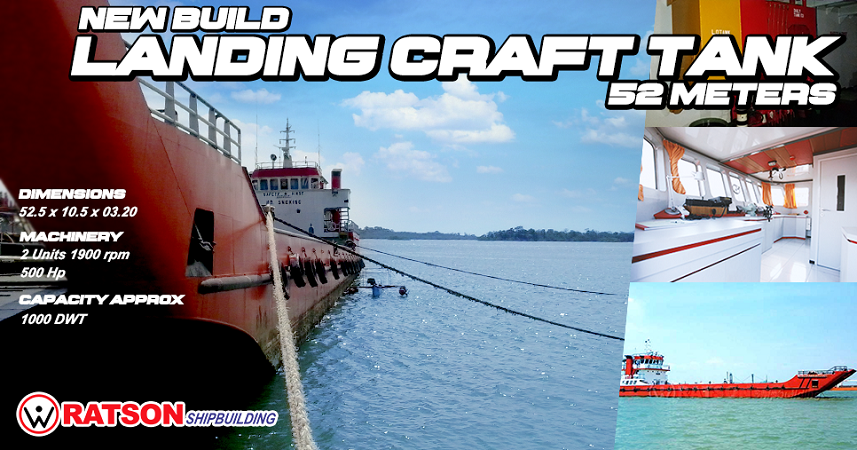
There are so many components that need to be understood in the maritime world. One of them is the measurement that mostly used in building a vessel such as gross tonnage, net tonnage, deadweight tonnage, lightship or lightweight, and many other. Therefore, in this article, we will learn about this measurement details to helps us understand when we need to read the specification of the vessel that we build or sell or going to buy.
Tonnage itself is a measurement of the cargo capacity of the vessel. Whatever the vessel is, the tonnage will always refer to the capacity of the cargo that the vessel can carry. Whether the vessel is carrying a liquid cargo, bulk cargo, solid cargo, materials, heavy duty, gas, or any other, the tonnage will always refer to the carrying capacity of the vessel. It can be measured based on the weight or volume approach. Tonnage is usually used to assess fees on a commercial shipping.
On the other hand, displacement is referred to as the actual weight of the vessel. Do not confuse between displacement and tonnage. Tonnage is the carrying capacity measurement, while displacement is the actual weight of the vessel. In most cases, both of them are using Ton as the unit of measurement, therefore, understand the meaning behind displacement and tonnage.
Tonnage measurement is divided into 4 types which are gross tonnage (GT), net tonnage (NT), gross register tonnage (GRT), net register tonnage (NRT).
Gross tonnage (GT) is referred to the volume of the enclosed space in a vessel. It is the measurement of all the enclosed space of the vessel and measured from keel to funnel and from inside to the outside of the hull frame. The gross tonnage 9GT) will always be smaller than gross register tonnage (GRT). Gross tonnage information is used to determine manning, safety, and other statutory requirements.
Net tonnage (NT) is referred to the total volume of the cargo spaces of the vessel. Net tonnage is used to express the volume of the cargo capacity. Net tonnage information is used to determine the fees for cargo carrying, harbor dues, and safety and manning rules.
Gross register tonnage is referred to the total internal volume of the vessel. The basic idea of gross register tonnage is the same with gross tonnage, however, GRT also accounting the volume of the airspace in the hold. However, in 1994, then the usage of GRT information is replaced by GT.
Net register tonnage is referred to the volume of the cargo that is loaded. Most of the time, net register tonnage is measured by gross register tonnage, less the volume spaces in the vessel that are not holding a cargo. This information is representing the available volume of the vessel to carry cargo and passenger. The same with gross register tonnage, net register tonnage was also replaced by net tonnage in 1994.
Meanwhile, weight measurement is divided into 2, which are mostly referred to the lightship or lightweight of the vessel and deadweight tonnage. Lightweight measures the actual weight of the vessel without any cargo in it. The measurement for lightweight shall exclude fuel, passenger, cargo, water, and other loaded things outside of vessels equipment and material. On the other hand, deadweight tonnage (DWT) is the opposite of the lightweight. It is referred to the displacement at any loaded condition minus the lightweight. Or you can call it the weight of the loaded things in the vessel including fuel, water, passengers, crews, cargo, etc.
These are the weight measurement of the vessel. Read and learn new stuff to grow yourselves.
Dredgers are important machines used for excavation and land reclamation in water bodies. They come in different shapes, sizes, and types, depending on the specific purpose they are designed for. I....
Pilot boats play a vital role in ensuring the safety and efficiency of maritime transportation. These boats are designed to transport pilots to and from ships that require their expertise in navig....
Self-propelled barges are vessels that are designed to transport large quantities of cargo on inland waterways. These barges are propelled by their own engines, making them highly efficient and cos....
Barge/ Dumb Barge A barge is a flat-bottomed boat that is designed to transport goods or people on inland waterways or near-shore locations. Dumb barges, also known as unpowered barges, are t....